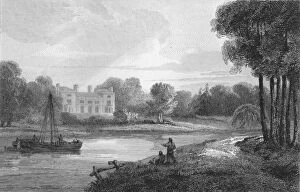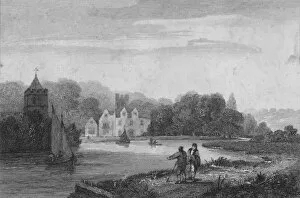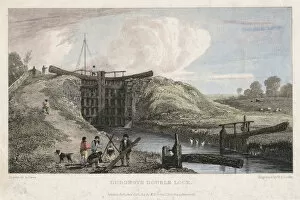William Bernard Collection
William Bernard Cooke, a renowned artist from Ilfracomb, North Devon in the early 19th century, left an indelible mark on the art world with his exquisite creations
All Professionally Made to Order for Quick Shipping
William Bernard Cooke, a renowned artist from Ilfracomb, North Devon in the early 19th century, left an indelible mark on the art world with his exquisite creations. Born around 1818, Cooke's talent and passion for painting were evident from an early age. One of his notable works is "Jael and Sisera - Judges Chapter 4, " painted by Thomas Goff Lupton in 1825. This masterpiece showcases Cooke's ability to capture intense emotions and dramatic scenes with precision. In 1806, Cooke immortalized The London Stone located at Cannon Street in the City of London. His attention to detail brings this historical landmark to life, showcasing his exceptional skills as an artist. Cooke also depicted significant naval moments such as "The Nelson at the Royal Dockyard" in Woolwich, London (1815). Through this artwork, he pays homage to Admiral Lord Nelson and commemorates his contributions to British naval history. Beaumont Lodge owned by Lord Ashbrooke became another subject of Cooke's artistic endeavors in 1810. With delicate brushstrokes and vibrant colors, he captured the grandeur of this majestic estate. Lady Howes Villa (1809) and Lady Sullivans Villa (1809) are two more how Cooke skillfully portrayed architectural beauty through his paintings. These artworks serve as a testament to his ability to bring buildings alive on canvas. Eton Bridge (1809), Bisham Abbey (1810), Sunninghill Park in Berkshire (1813), and The Castle of Beaucaire over the Rhone River in France (1824) are further testaments to William Bernard Cooke's versatility as an artist. From picturesque landscapes to iconic structures abroad, he effortlessly transported viewers into different worlds through his artistry. Finally, one cannot overlook Cooke's depiction of Eddystone Light-House completed in 1836.












